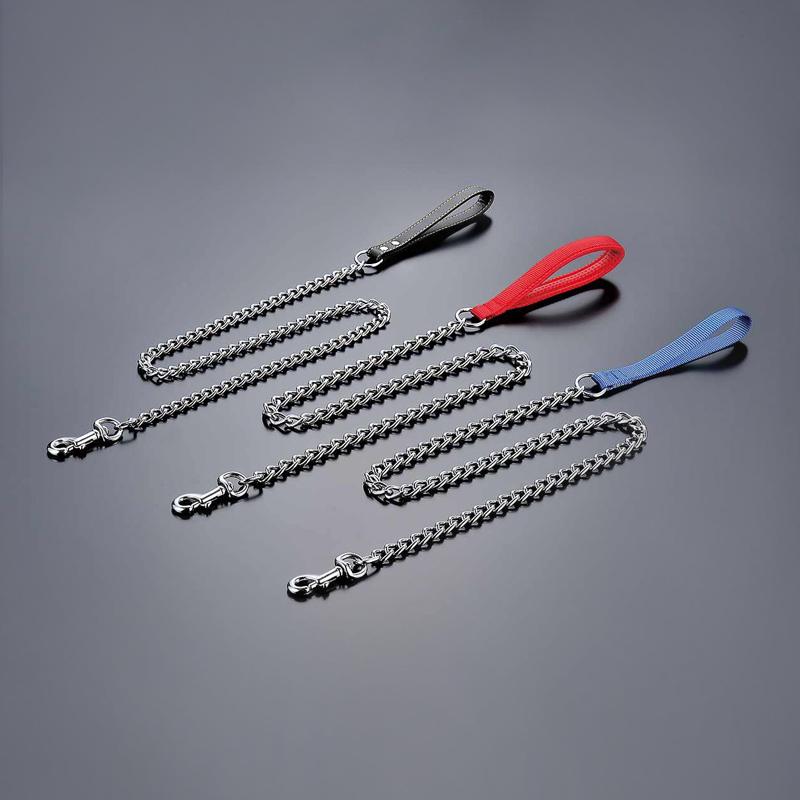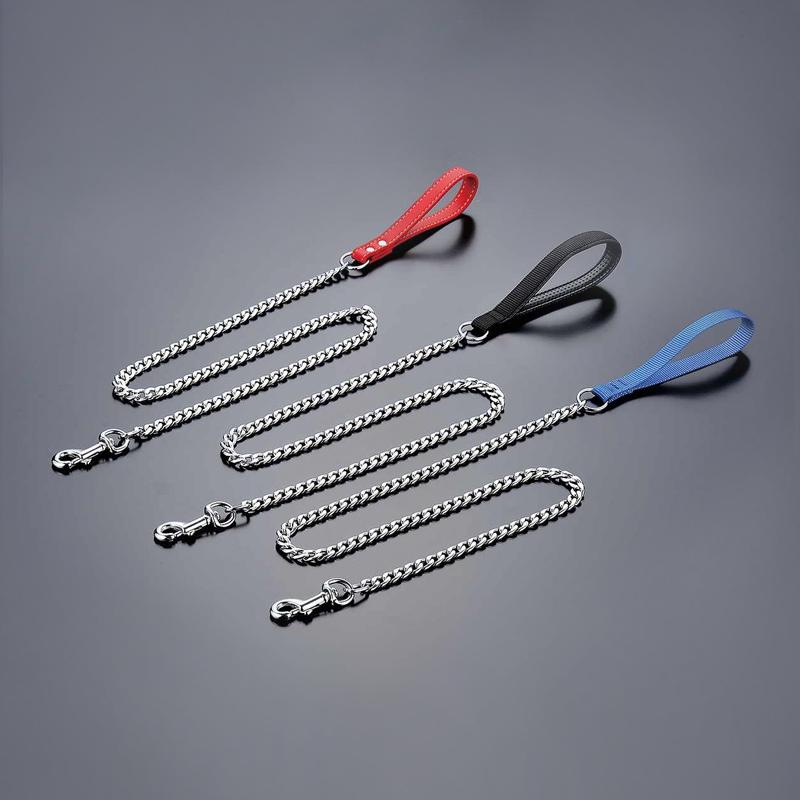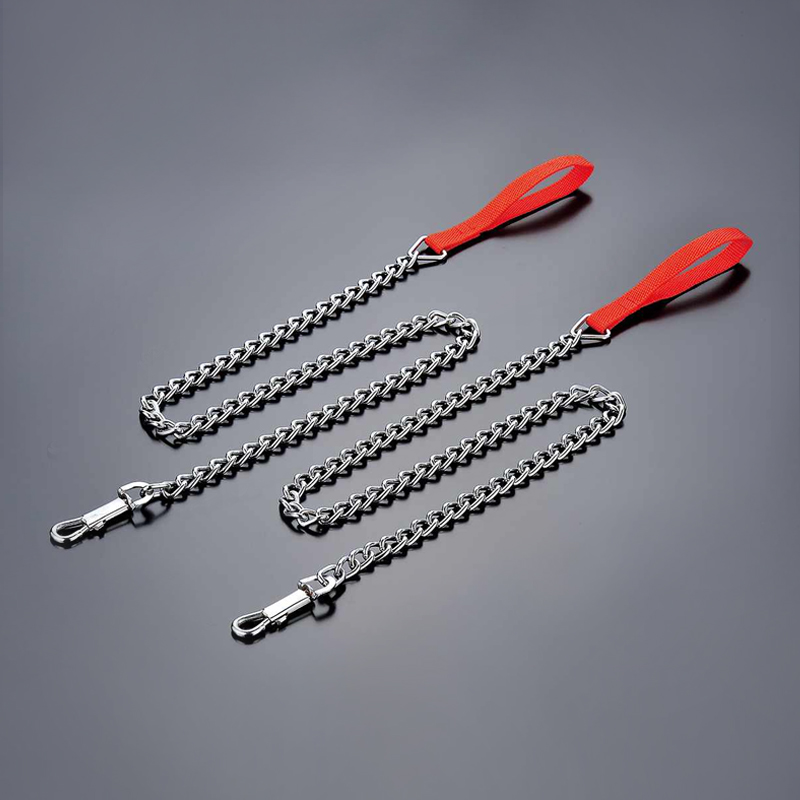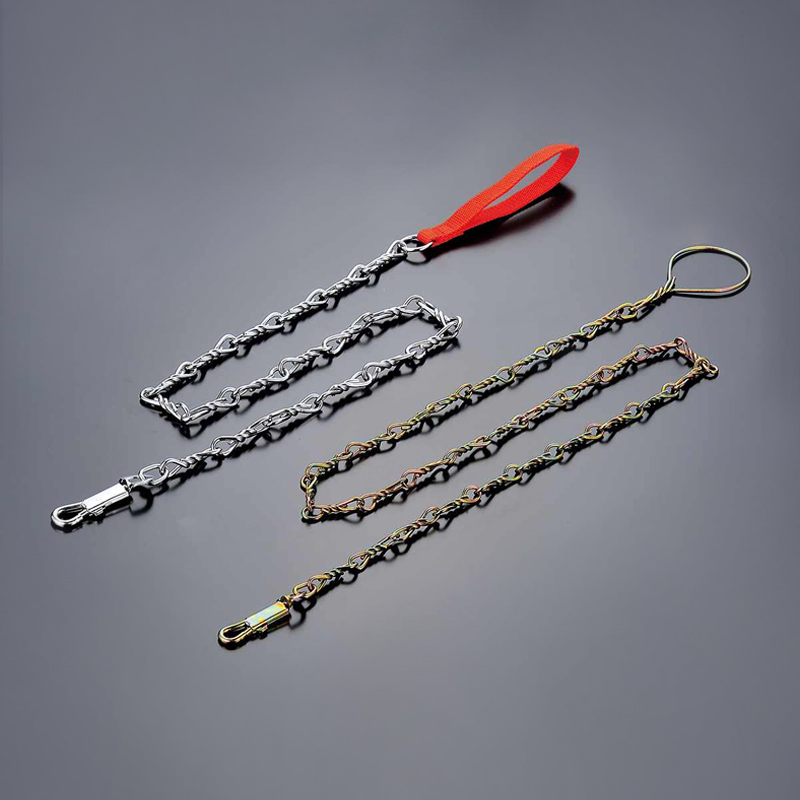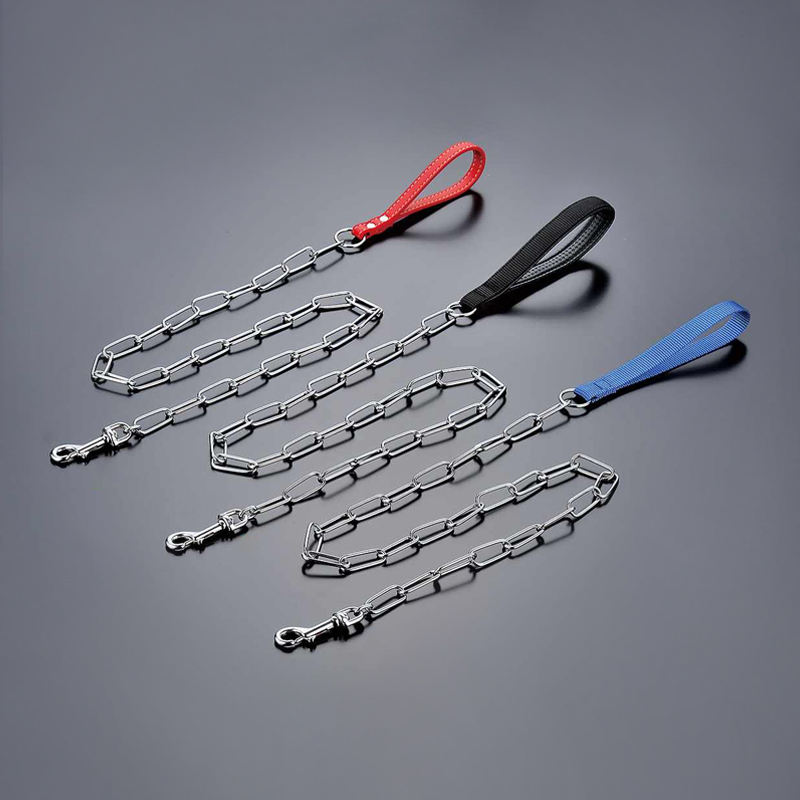2025-11-26
![]() Industry News
Industry News
 2025-10-24
2025-10-24
Walking your dog can be a delightful experience, but it can also be challenging if your dog constantly pulls or gets tangled in the leash. Understanding the right techniques and tools can make walks more enjoyable for both you and your dog. In this article, we'll explore effective dog leash training tips and discuss the use of tools like the Dog Chain Collar Gold to help improve control during walks.
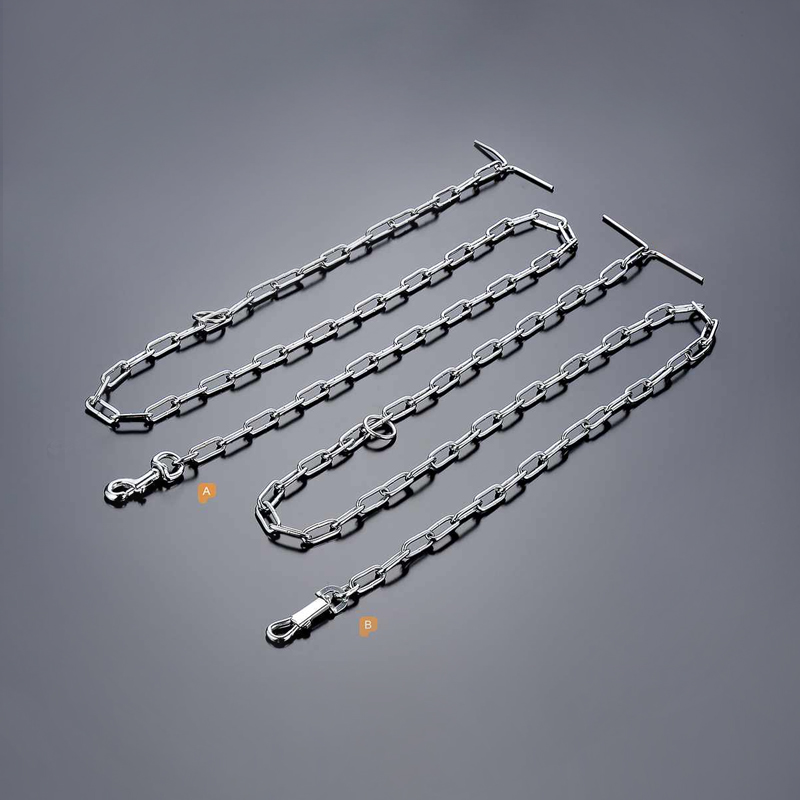
Choosing the Right Dog Leash
Before starting leash training, it's essential to select a leash that suits your dog's size, strength, and behavior. A leash that is too short may limit movement, while one that is too long can make control difficult. Standard dog leashes, typically 4 to 6 feet in length, provide a good balance of control and freedom. Avoid retractable leashes during training, as they can encourage pulling and reduce your control over the dog.
When selecting a leash, consider material and durability. Strong nylon or leather leashes are suitable for more dogs, while heavier breeds may require reinforced leashes. Comfort for both you and your dog should also be a priority, as a leash that digs into your hand can create frustration during walks.
Introducing the Dog Chain Collar Gold
A Dog Chain Collar Gold can be a useful tool for dogs that tend to pull excessively. This type of collar provides gentle guidance without causing harm when used correctly. It is important to remember that collars should be adjusted properly to avoid slipping or discomfort. When fitted correctly, the Dog Chain Collar Gold can help reinforce training cues, allowing you to communicate more effectively with your dog during walks.
Training with a chain collar should always be paired with positive reinforcement. Rewarding your dog with treats or praise when they walk calmly beside you encourages them to repeat the behavior. Never use excessive force with a chain collar, as it can create fear and hinder progress.
Teaching Your Dog to Walk Calmly
The one step in leash training is teaching your dog to stay beside you rather than pulling ahead. Begin in a quiet, low-distraction area and practice short walking sessions. Keep the leash loose and allow your dog to explore within the boundaries of the leash. If your dog starts to pull, stop walking immediately. Wait until the dog returns to your side, then resume walking. This technique helps the dog understand that pulling will not get them where they want to go faster.
Using consistent verbal cues, such as “heel” or “slow,” can also help your dog learn the desired behavior. Pairing the cues with gentle guidance from the Dog Chain Collar Gold reinforces the training, creating a clearer connection between the command and the action.
Avoiding Leash Tangling
Leash tangling can be frustrating, particularly with energetic dogs or those that like to circle around during walks. To prevent tangling, hold the leash with a relaxed grip and let it fall naturally without twisting. Encourage your dog to walk in a straight line beside you and redirect them gently if they start to circle or twist the leash.
Practicing turns and changes in pace can also improve leash manners. By teaching your dog to adjust to your movements smoothly, you reduce the likelihood of tangling while promoting calm and controlled walking behavior.
Reinforcing Positive Behavior
Consistency is key in leash training. Regular walks using the same commands, leash techniques, and tools help your dog learn and retain proper walking habits. Positive reinforcement is an essential part of this process. Treats, praise, or short play sessions can reward calm walking and reinforce the behavior you want to see.
Patience is equally important. Training takes time, and every dog progresses at a different pace. Celebrate small improvements, and remember that calm, controlled walks are achievable with steady practice and clear communication.
Walking a dog should be a relaxing and enjoyable experience for both the dog and the owner. Using the right tools, such as a suitable dog leash and the Dog Chain Collar Gold, combined with consistent training techniques, can help your dog learn to walk calmly without pulling or tangling. By prioritizing positive reinforcement and practicing patience, you can build a stronger bond with your dog while making daily walks more manageable and enjoyable.
![]() HOT PRODUCT
HOT PRODUCT

